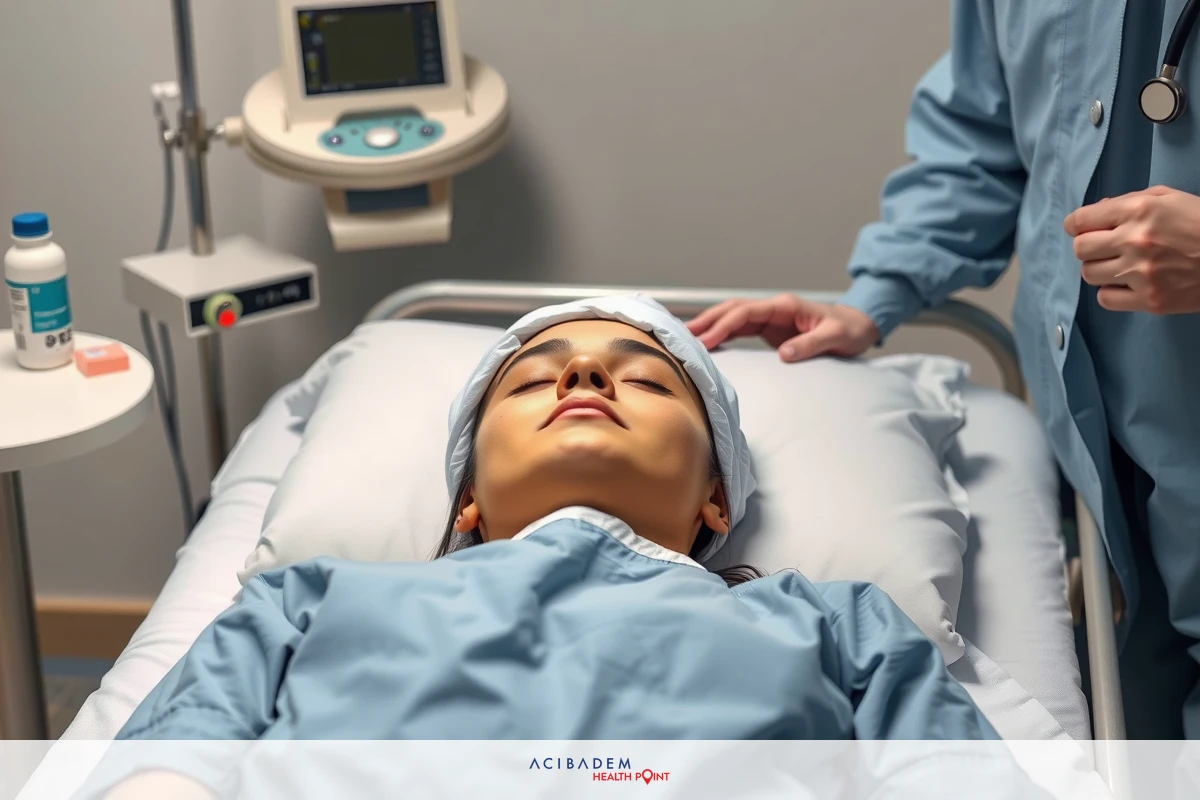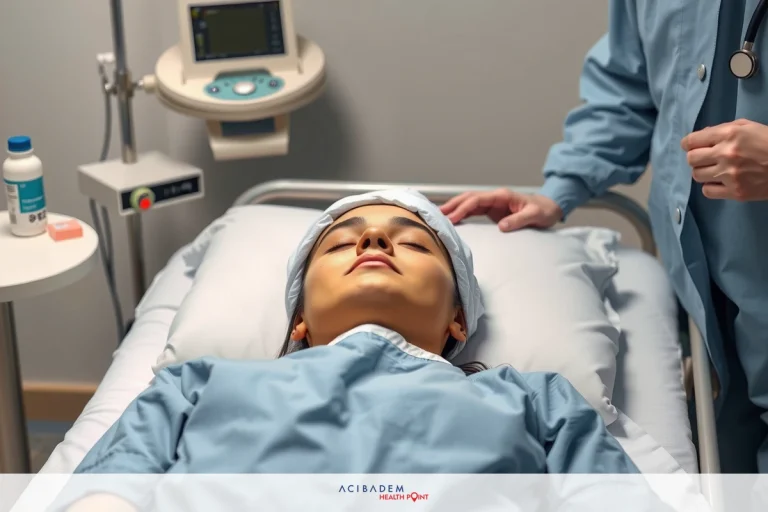Can I Scrub My Legs After Using Nose After Rhinoplasty
Can I Scrub My Legs After Using Nose After Rhinoplasty Post-rhinoplasty care, a topic of immense importance to those who’ve walked the surgery path, can be filled with many uncertainties. Showering, bathing – activities once thought mundane now require careful consideration. The question may arise when is it safe to resume these? Most importantly for some, how does one clean while steering clear of the nose area?
Cleaning your nose post-surgery comes with its own set of instructions as well. One might find solace in gentle saline rinses; others could question this practice’s safety standards. Excessive blowing or picking – actions that were previously dismissed – now hold potential danger.
Scrubbing legs after rhinoplasty also falls under scrutiny. Is it truly secure? When should one re-engage in such common practices comfortably? These are queries that will be addressed herein as we navigate the turbulent waters of hygiene and recovery following rhinoplasty.
Bathing and Showering
Postoperative care following a rhinoplasty procedure often leaves patients with the question of when they can return to regular hygiene habits such as bathing and showering. The timeline for this varies, but typically, doctors advise waiting at least 24 hours after surgery before taking a bath or shower. This is primarily to prevent moisture from compromising the surgical site on the nose.
When you do resume bathing or showering, it’s crucial to take certain precautions. Avoid direct contact between water and your nose; consider using a handheld shower head that allows more control over water direction. If your doctor has applied a cast or splint on your nose, keeping it dry is paramount – wetting these protective coverings may cause them to loosen prematurely.
Scrubbing legs might seem unrelated to nasal surgery recovery, yet it holds significant relevance in postoperative care discussions. When scrubbing your legs – or any part of your body – be mindful not to lean forward excessively as this could put undue pressure on your healing nose. Remain upright as much as possible during showers; if necessary, enlist help for washing harder-to-reach areas like feet and lower legs.
Showering post-rhinoplasty doesn’t have to be anxiety-inducing! By being gentle with yourself and conscientious about protecting your healing nose while maintaining overall body cleanliness, you’ll navigate through this phase of recovery effectively.
Nose Care
Caring for your nose after rhinoplasty isn’t just about maintaining aesthetic results; it’s a crucial part of the healing process. Following surgery, you might notice dryness or crusting in the nostrils – don’t panic! This is entirely normal and can be managed with proper care techniques.
Saline rinses are a popular recommendation from doctors when it comes to postrhinoplasty nose care. These help to moisten the nasal cavity, reducing dryness and helping remove crusts gently without damaging sensitive tissues. When using saline rinses, always ensure that they’re lukewarm – not too hot nor cold – which could cause discomfort or potential harm to your recovering nose.
Blowing your nose after rhinoplasty may seem like an innocuous activity but it’s best avoided during early recovery stages. Excessive or forceful blowing can disrupt sutures or even lead to swelling inside the nasal passages that might impede breathing. If you feel congestion build-up, opt instead for gentle cleaning methods such as those aforementioned saline rinses.
Picking at one’s nose post-surgery is another action requiring caution due its potential detrimental effects on

healing progress. It might be tempting in response to any discomforting sensations of dryness or crusting but remember: patience pays off! Give yourself time to heal properly and follow recommended guidelines diligently for optimal recovery outcomes.
Leg Scrubbing
Leg scrubbing might seem distant from the realm of rhinoplasty recovery, yet its relevance cannot be overlooked. When discussing postoperative care, it’s essential to consider the full scope of normal daily activities – leg scrubbing included. The crux here is not so much about the action itself but rather ensuring one doesn’t compromise their healing process in undertaking such tasks.
Safe practice for leg scrubbing after rhinoplasty begins with considering body positioning during this activity. Bending forward or straining can increase blood pressure in your nose which could lead to swelling or even bleeding – neither of which are conducive to a smooth recovery. Thus, when you feel ready to resume leg scrubbing post-surgery, remember: keep movements gentle and avoid excessive bending as far as possible.
Returning to regular hygiene habits like leg scrubbing should always be discussed with your healthcare provider who will give personalized advice based on your healing progress. Each individual’s recovery timeline varies; while some may comfortably reintegrate such activities within weeks following surgery, others might need longer. Patience is key during this period: listen to your body, heed professional advice and don’t rush into resuming all pre-rhinoplasty routines at once.
Frequently Asked Questions
When can I start showering or bathing after my rhinoplasty?
Typically, you should wait at least 24 hours post-surgery before resuming these activities. However, this can vary depending on individual circumstances and your doctor's advice.
How do I clean my nose safely after the surgery?
Gentle saline rinses are a recommended method for cleaning your nasal cavity post-rhinoplasty. Avoid excessive blowing or picking as these actions could disrupt healing.
Is it safe to scrub my legs after undergoing rhinoplasty?
Yes, but with caution. Be mindful not to lean forward excessively while doing so as this could strain your healing nose. Your healthcare provider will be able to guide you based on your personal recovery progress.
What should I avoid during the early stages of rhinoplasty recovery?
Forceful blowing of the nose is best avoided in early recovery stages due to potential disruption of sutures or swelling within nasal passages. Picking at one’s nose should also be refrained from due its potentially harmful impact on healing.











